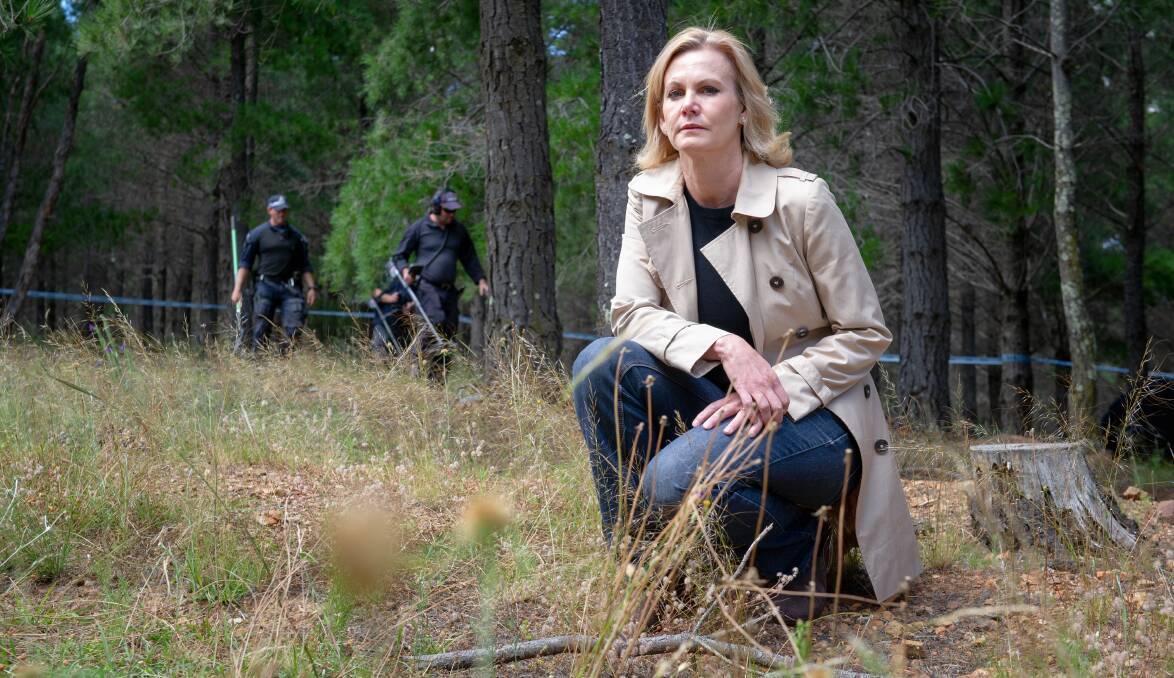
It is a Canberra tale of intrigue, an innocence shattered, a brutal murder and even has potential links to one of Australia's most notorious serial killers, Ivan Milat.
The abduction and murder of 20-year-old Keren Rowland nearly 50 years ago remains one of the capital's greatest unsolved mysteries and one with which researcher, freelance journalist and local historian Nichole Overall has become intimately, almost obsessively involved.
Ms Overall's in-depth analysis of this terrible crime has been backcaptured in her podcastCapital Crime Files, detailing the circumstances leading up the crime, how it was investigated, and looking at the potential links this murder has to other unsolved crimes in the capital.
It was the opening day of the 42nd Royal Canberra Show week in 1971, one of the biggest events in the fast-growing capital and one which Keren had attended, with thousands of others enjoying the warm summer weather and the sideshow attractions.
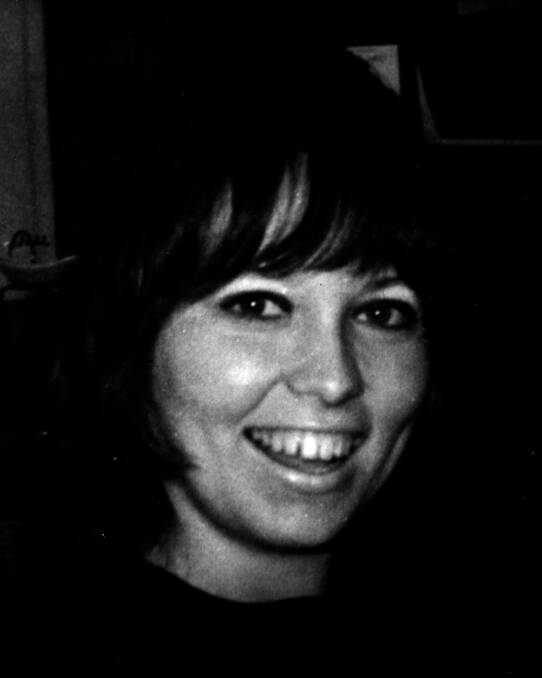
She left the show and had planned to meet up with her sister at a party at the Statesman Hotel that evening.
But when she failed to show, concerns were raised and then police alerted.
Keren was several months pregnant. She had become engaged to the young father of the unborn child but then the couple split. While she likely knew how tough it would be as a single mum to raise a child all those years ago, she nonetheless had the support of her family and was looking forward to the future.
Her car, a white Morris 850, was soon found, parked and locked, on Parkes Way. The car had run out of petrol.
The days and weeks stretched on without any further news, as police widened their missing persons search, attempting to elicit even the slightest bit of information as to the young woman's whereabouts.
Back at the Downer family home, her parents were, of course, frantic with worry.
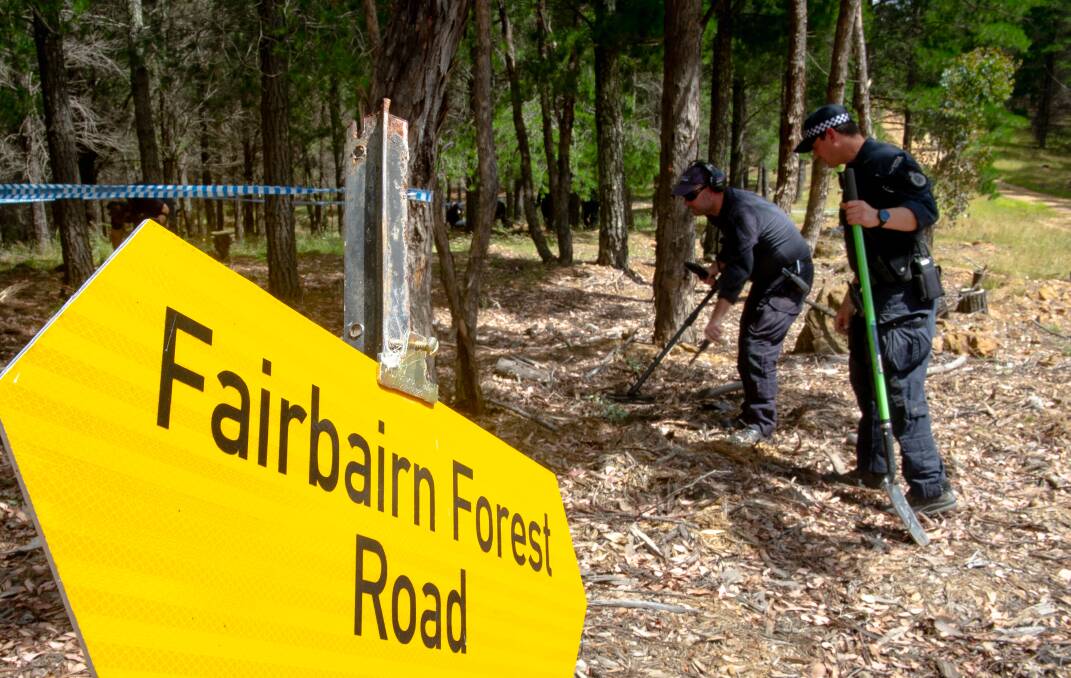
The tragic discovery
Then came the grim news three months later. Keren's body was found by a walker. The decomposed body had been propped up against a pine tree and loosely covered with bracken, branches and debris at a pine plantation.
The location was deep in a forest plantation about 300 metres from the Air Disaster Memorial, to the south-east of Canberra Airport. The area was shut to the public some years ago, with the main access track now in Department of Defence hands. It is still accessible on foot from a carpark further south.
Keren's body was found not far from the forest track and all indications were she had been dragged from a vehicle, most likely still alive, as her belongings were littered from the likely location of the halted vehicle to the location where the body was found. Her torn pantyhose were located nearby.
The cause of death was inconclusive but most likely strangulation. Whether Keren was sexually assaulted before or after her death was still a matter of conjecture. The coronial documents were again inconclusive.
Police homicide investigative techniques and forensics capabilities at the time were rudimentary by today's standards. Detectives relied strongly on witness accounts and chasing down any leads these generated.
ACT police have formed an unsolved homicide team and detectives were systematically going back through the old cold case files, attempting to unravel the mysteries around each one and seeking fresh lines of investigation. In many of the older cases, such as Keren Rowland's, they reluctantly admit there isn't much to work with.
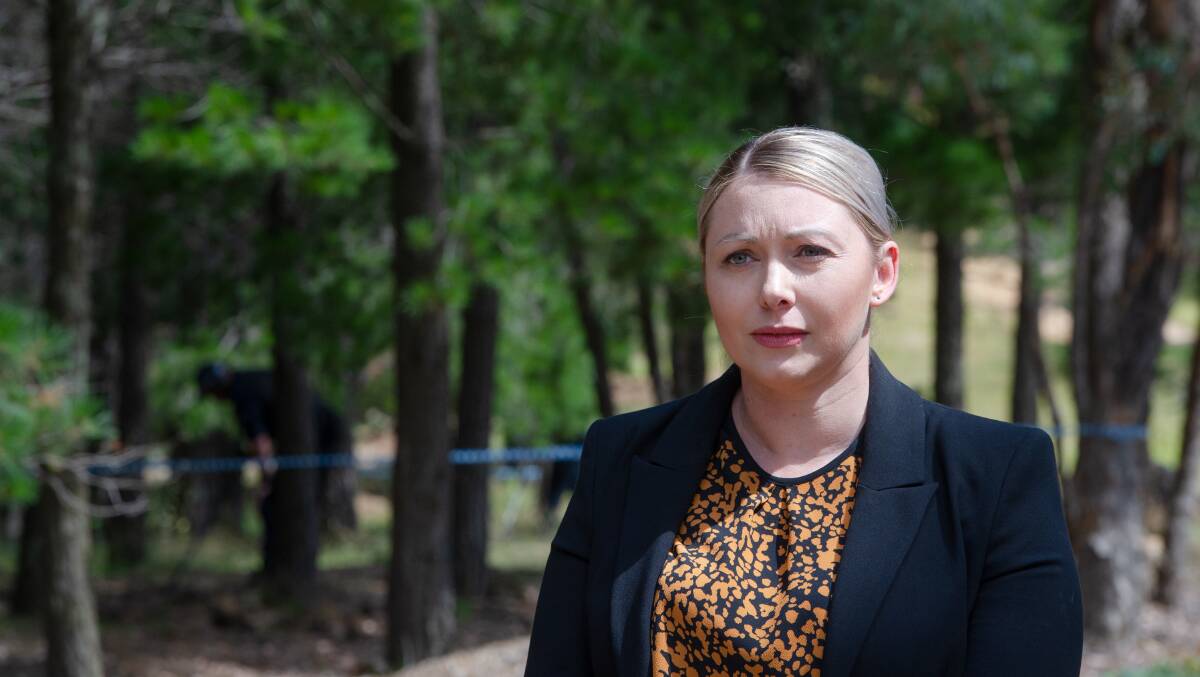
A sad milestone
December 9 would have been Keren's 70th birthday.
This week police returned yet again to the Fairbairn pine plantation with metal detectors hoping to locate any items which may have been missed all those decades ago. One item, in particular, was sought: an inexpensive bracelet which Keren had bought as a birthday gift for a friend and which she was thought to be wearing. It was engraved with the name "Lynette".
Among all the itemised exhibits recovered from the crime scene, this is the one missing piece of the puzzle. It is thought Keren's killer either may have kept the cheap bracelet as a trophy, or alternatively it broke off her wrist in the struggle.
Police say the media coverage of the past week has again sparked several new lines of investigation and brought new information forward. The details of this information, or how important it could be, have not been released.
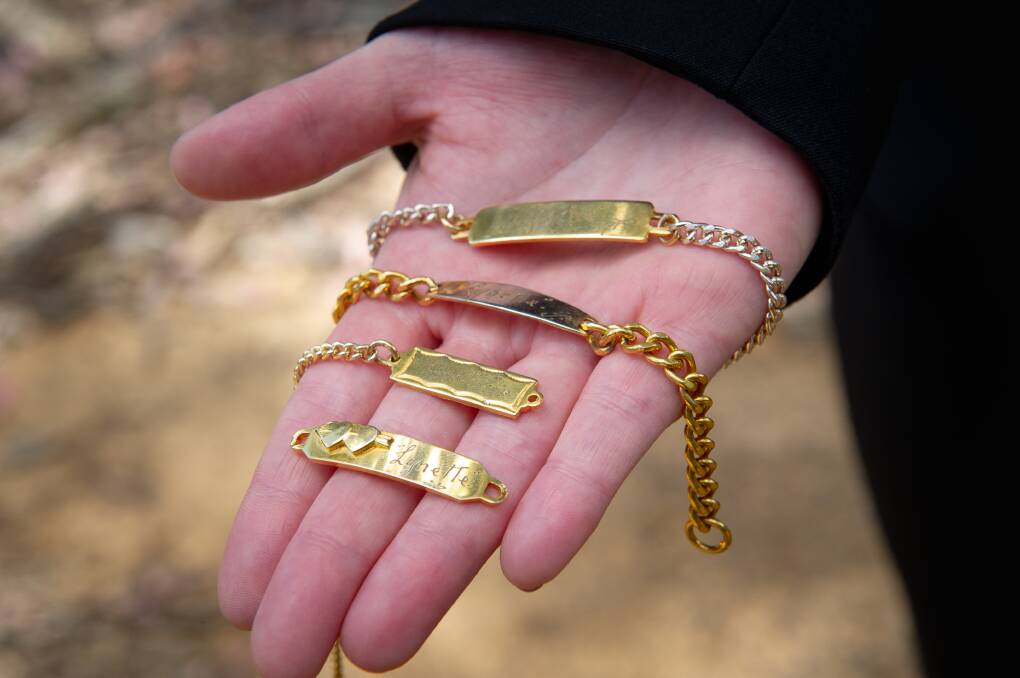
Ms Overall has painstakingly combed through all the public files and material she can find, and spoken with family members and friends.
Police won't open their case notes to her but she has spoken to some investigators and The Canberra Times' crime reporters who have covered the case on and off as potential leads emerged and then tailed to away to no result.
Keren Rowland's brother, Steve, was 16 when his sister went missing. The siblings were very close. He's a knockabout, down-to-earth bloke, still living in the region and who strongly supports Ms Overall's campaign.
Like Ms Overall, he believes there is someone out in the Canberra community who has information which could potentially crack this case and bring his sister's killer to justice.
"People are never quite sure how to address it," he said in the podcast.
"But it's only by discussing it openly and candidly that we might uncover the truth, even after so long."
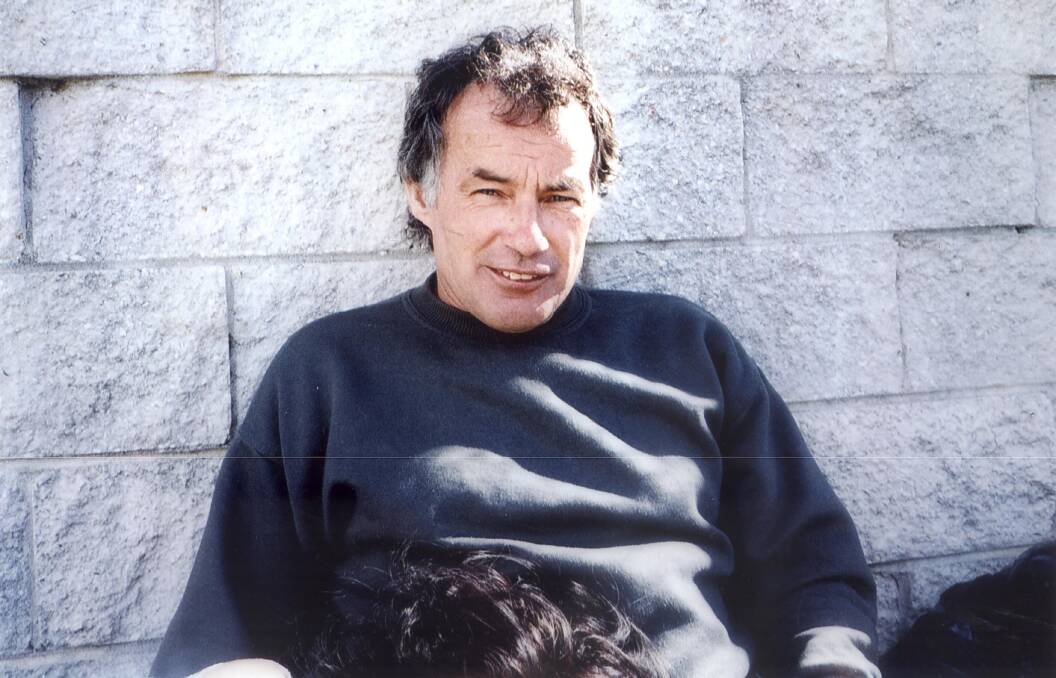
Was Ivan Milat involved?
Ivan Milat is one of Australia's most notorious serial killers.
Known as the "Backpacker Murderer", between 1989 and 1993. Milat is known to have murdered seven people - two men and five women. All the victims were under 22. He buried those bodies in the Belanglo State Forest, just off the Hume Highway near Sutton Forest midway between Canberra and Sydney.
In 1994, Milat was tried and convicted for all seven murders, and was incarcerated in Goulburn's Supermax prison. In May last year he was treated for esophageal and stomach cancer and transferred to Long Bay prison so he could be closer to hospital. Milat died on October 27 last year, aged 74.
Numerous books and documentaries have detailed Milat's life and his murderous campaign. Equally, there were many crime researchers, Ms Overall among them, who maintain Milat took many more secrets, and potentially the identities of more victims, to the grave.
Milat had a violent criminal record going back to 1964, including rape and armed robbery.
On April 10, 1971, 11 months after Keren's Rowland's body was found, Milat picked up two 18-year-old female hitchhikers from Liverpool and offered to take them to Canberra.
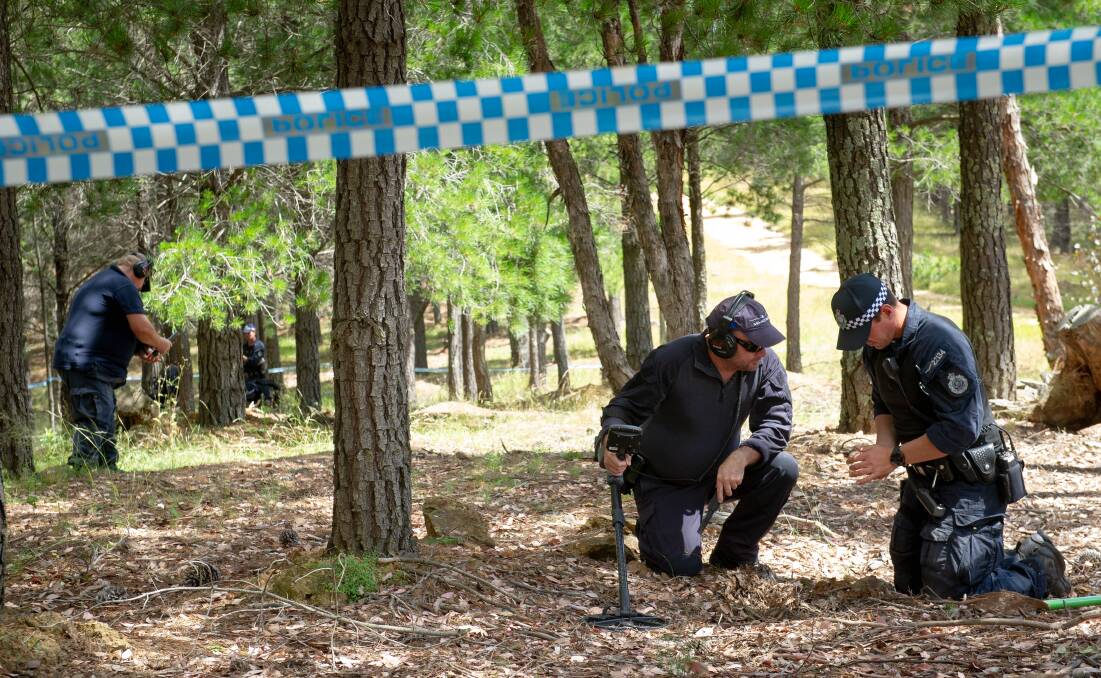
Near Goulburn, he threatened to cut their throats unless one of the women had sex with him. One of the women was raped and the pair only managed to escape when Milat later stopped at a Goulburn service station. They reported the rape to police and Milat then led police on a high-speed chase before he was arrested and put on trial.
During the trial, Milat admitted he took knives and ropes with him in his car. He claimed the sex was consensual and escaped a prison sentence.
But this earlier Milat arrest, years beforehand, poses even further questions. The man who later was found guilty of seven murders would have been 27 around the time Keren Rowland went missing. He had been known to visit the Canberra region many times and knew it well.
"There are plausible links [to Keren Rowland's murder] in the methodology and we know that he [Milat] was abducting and raping young women for a long time before he was finally arrested and went on trial for those seven backpacker murders," Ms Overall said.
"We also know that Milat was questioned by police about a number of other murders and missing women."







